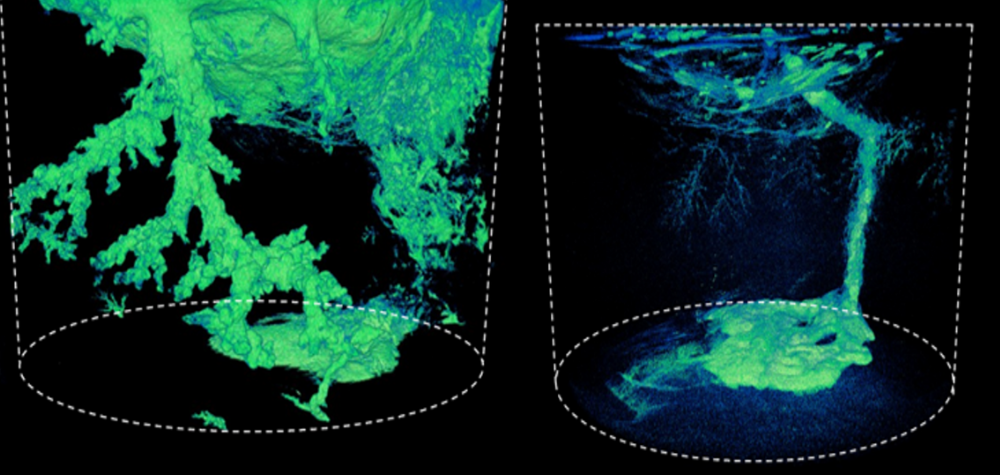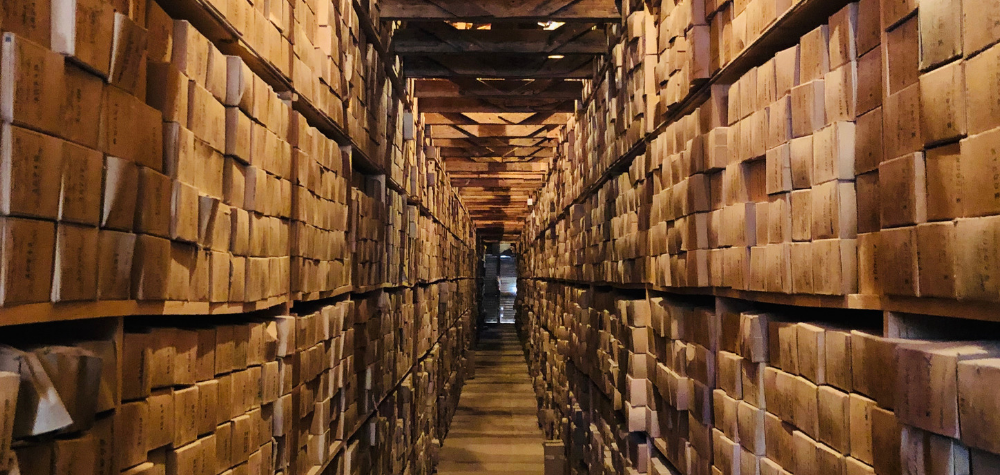Archive for August 2019
Part 3: Musings from a Data-Science Convention
This is part three in a three-part series by Matt Bell. To start at the beginning, click here. Common Viewpoints At lunch, I chatted with a senior geologist from a mid-sized operator in the Permian Basin. I asked him what he thought about the data science “revolution” and how it might affect his work. His eyes…
Read MorePart 2: Musings from a Data-Science Convention
This is part two in a three-part series by Matt Bell. To start at the beginning, click here. Data as an Asset Shell’s Hohl went a step further, explaining how his company has decided to make much of its work on artificial intelligence public to help accelerate the industry’s adoption rate. In his opinion, workflows…
Read MorePart 1: Musings from a Data Science Convention
By: Matt Bell Data, Data Everywhere I recently had the pleasure of attending a data science convention organized by the Society of Petroleum Engineers’ Gulf Coast Section. Over 400 people filled the room with chatter about artificial intelligence, machine learning, and the promise both technologies hold at the big picture level. I was interested to…
Read MoreEight Ways to Unlock Value by Simulating Rock-Fluid Interactions
Every time well operations are performed, from drilling and completion to stimulation and workover, the reservoir section is exposed to fluid systems made up of numerous chemical components. Each additive plays a role in making the operation go smoothly, but what is their collective impact on ultimate well performance? In this brief guide, we’ll highlight…
Read MoreCase Study: Data Science for Reservoir Characterization and Field Development Decision-Making
The upstream oil and gas industry generates a large amount of data, and data science promises to unlock tremendous value through its analysis. Multi-disciplinary, high-resolution models are being used to make field development decisions; yet, subsurface data are often sparse, difficult to interpret, and scattered across different storage media and locations. We urgently need new…
Read More




